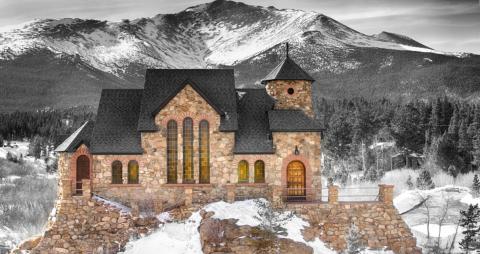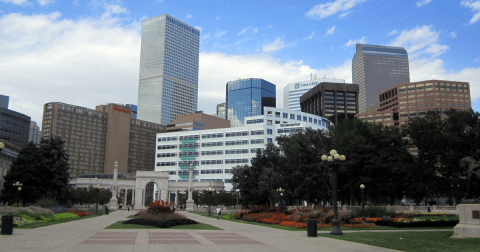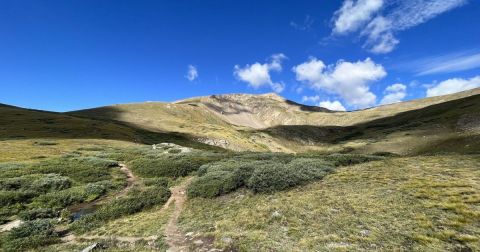The Abandoned Town Near Denver That Most People Stay Far, Far Away From
On the flank of Battle Mountain, perched on a 600-foot cliff near Minturn, is the abandoned silver boomtown of Gilman, Colorado. In 1886, prospector John Clinton founded the settlement for the prosperous Eagle Mine in the valley below. The town grew to be a thriving community but was vacated overnight in 1984 by order of the Environmental Protection Agency due to “high levels of arsenic, cadmium, copper, lead and zinc in soil and in surface and ground water.” Over the years, adventurers, photographers, filmmakers, and seekers have flocked to this contaminated ghost town to explore its polluted grounds and delve into its unsolved mystery. But this is neither wise nor legal, so we urge you to stay away – stay far, far away.

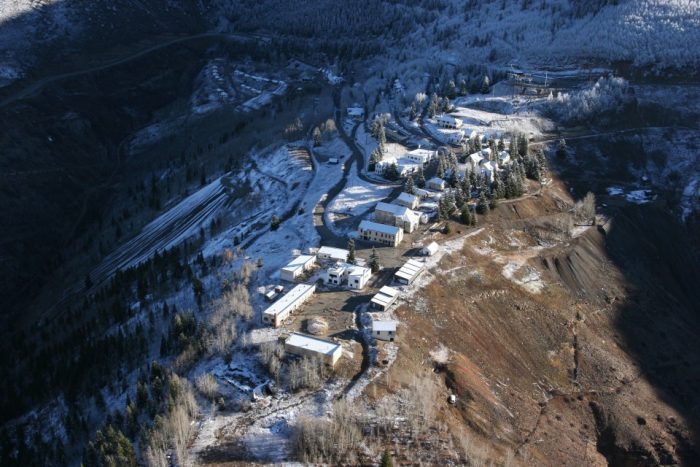

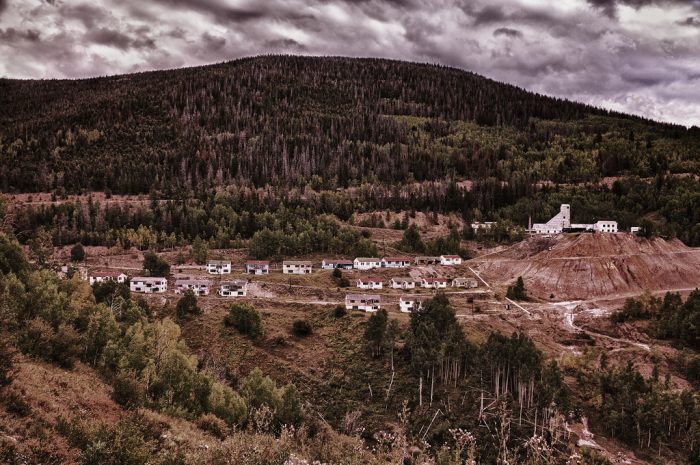


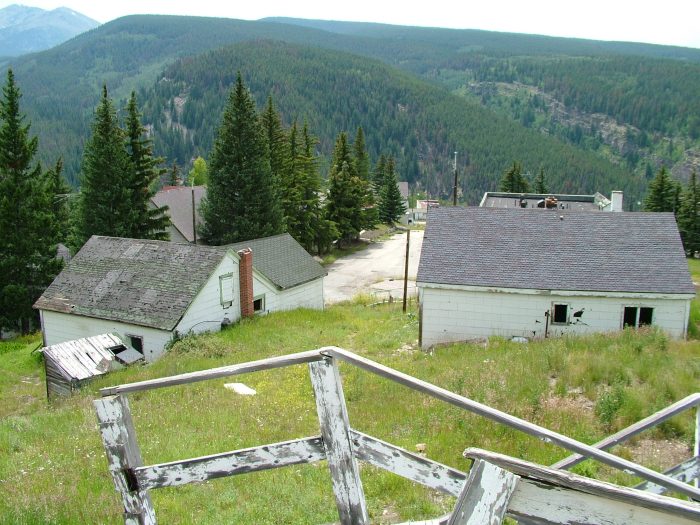

And in the name of continuing on haunting adventures, here are the 10 Best Places To Spot A Ghost In Denver.
OnlyInYourState may earn compensation through affiliate links in this article. As an Amazon Associate, we earn from qualifying purchases.


